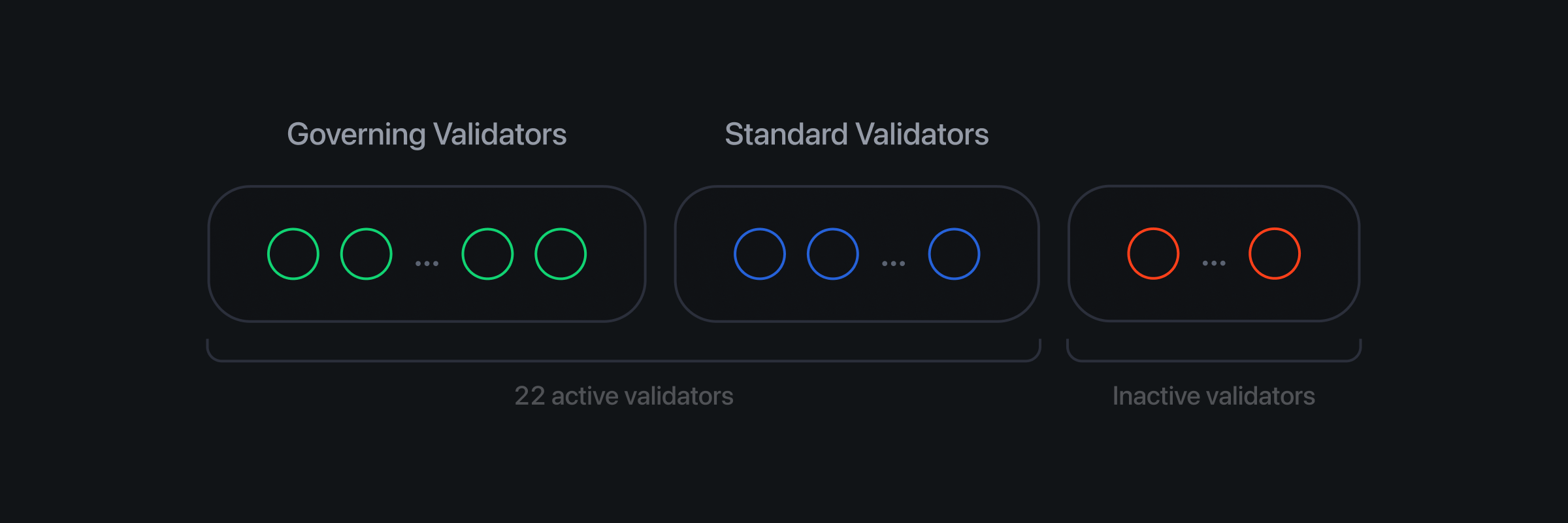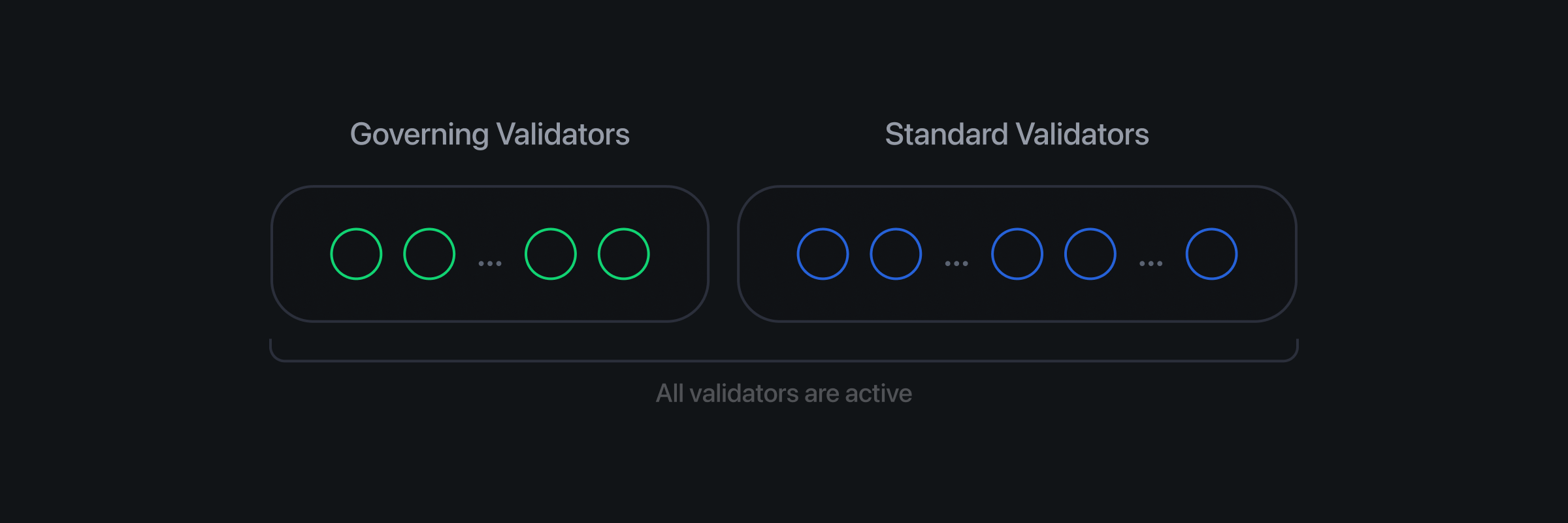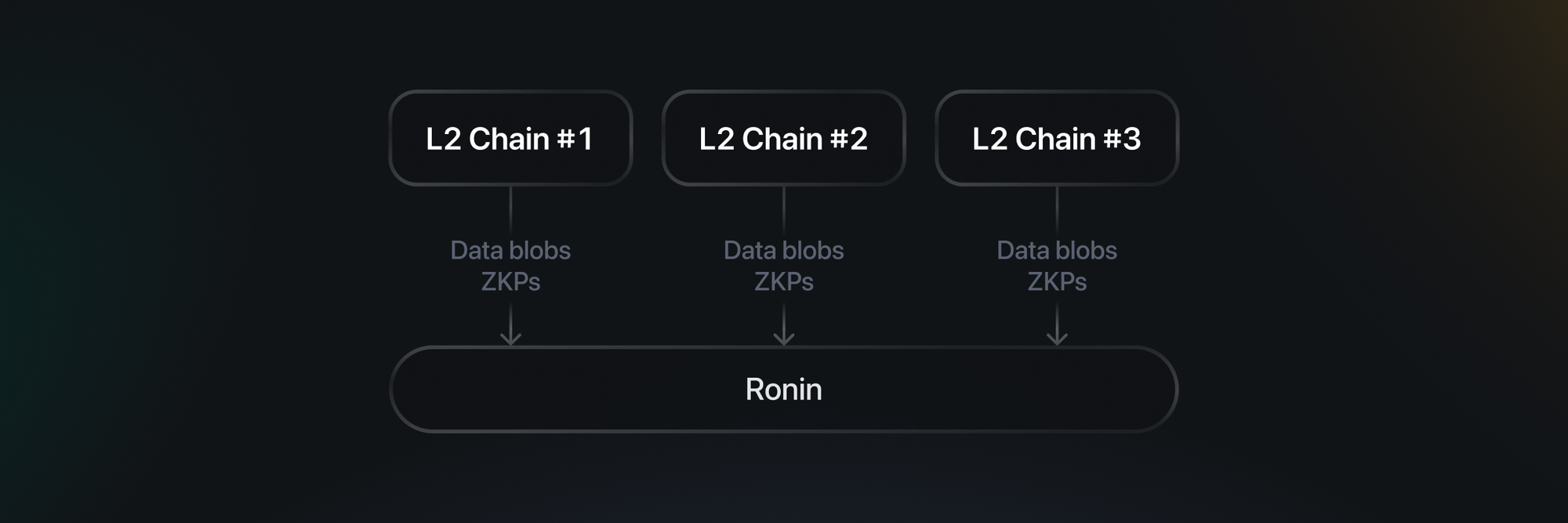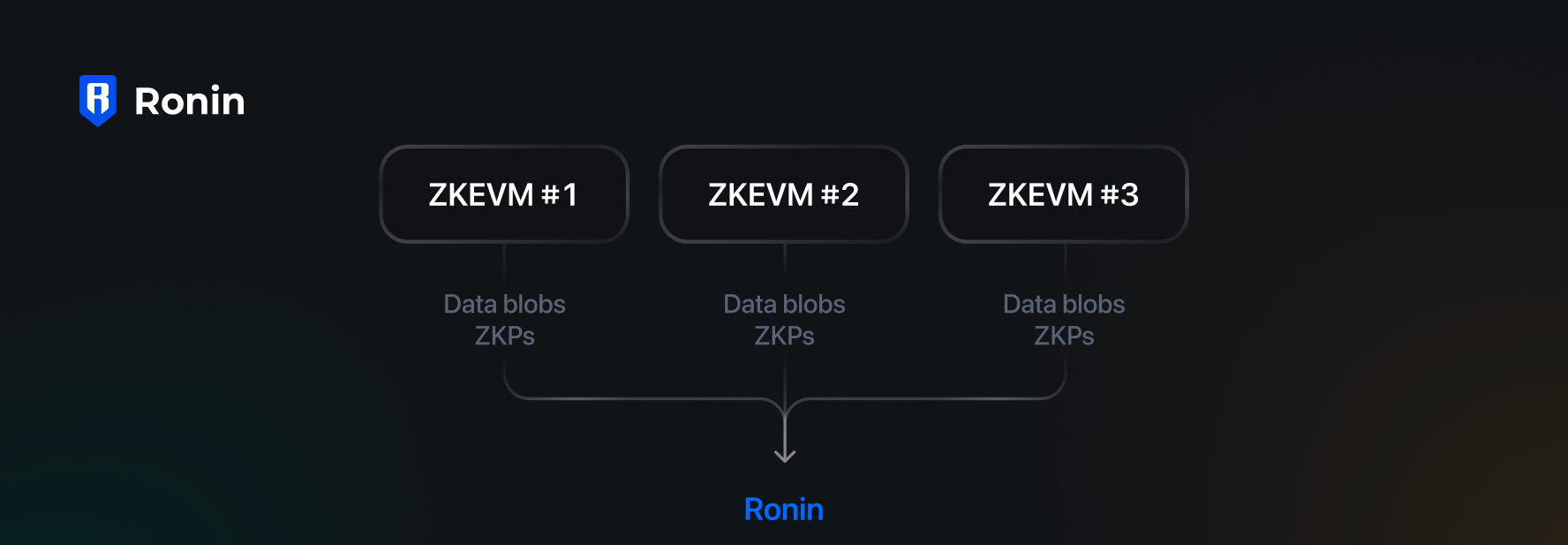Key Points
- This article is part of a series of editorial posts by Ronin head researcher Phuc Thai. He explores how Sky Mavis has approached the blockchain trilemma on Ronin, and how the team is thinking about what to build next. These are the author’s thoughts, and not guarantees or timelines.
- What are Ronin Evolution Proposals (REP)? Phuc answers the question below.
- Ronin is an EVM blockchain forged for gaming launched by Sky Mavis in 2021. Share this article with gamers, developers, or blockchain enthusiasts who might be interested in how Ronin works under the hood.
Ronin launched in 2021, and has since become many gamers’ favorite gaming blockchain. In this series of editorial posts, Ronin head researcher Phuc Thai looks under the hood to understand why. It’s an opportunity to take a technical deep dive into the cryptographic problems we’re solving, and the reasons behind the decisions we make. The next posts in this series will look into our vision for the future of Ronin. Take it away, Phuc Thai!
What is Ronin?
Let’s start at the top. Ronin is an EVM blockchain forged for gaming. Sky Mavis launched Ronin almost three years ago to accommodate for the growing demands of millions of Axie Infinity players – Ethereum was too expensive and slow to meet their needs. Ronin optimizes for near-instant transactions and negligible fees, which makes it easy for gamers to play the games they love without technical barriers. Ronin is the only blockchain for gaming that is battle-tested to accommodate millions of daily active on-chain users.
Ronin’s Development
One of crypto’s famous challenges is called the blockchain trilemma. The idea is simple: every blockchain must strike a balance between decentralization, scalability, and security. For example, Ethereum scores high on decentralization but struggles with scalability. On the other hand, Ronin has strong scalability despite being less decentralized than Ethereum. Blockchain developers and contributors have to make choices based on the needs of the users they seek to serve – and on Ronin, we serve gamers. Here are the three blockchain pillars we keep in mind everyday:
- Decentralization: creating a blockchain system that does not rely on a central point of control.
- Scalability: the ability of a blockchain system to handle an increasingly growing amount of transactions.
- Security: the ability of the blockchain system to operate as expected, and defend itself from attacks, bugs, and other unforeseen issues.
Decentralization on Ronin
In May of 2021, Ronin began using the Proof of Authority (PoA) consensus mechanism. A consensus mechanism refers to the way a blockchain determines whether transactions are valid or not. In Ronin’s PoA consensus mechanism, Sky Mavis and its community hand-selected reliable validators to maintain the network and verify transactions. How do you think this addressed the blockchain trilemma? Ronin saw fast transaction speeds and lower fees – perfect for gamers. However, the PoA consensus mechanism required an enormous amount of trust in the chosen group of validators. That’s why Ronin upgraded to Delegated Proof of Stake (DPoS) in April of 2023.
DPoS brought greater decentralization among validators. Today, there are 12 Governing Validators on Ronin who were selected through a PoA style. In addition, there are also 10 available Standard Validator slots for anyone, anywhere to become a Ronin validator.
To become a Validator Candidate, a RON holder needs to stake at least 250,000 RON. Other RON holders can delegate their RON to Validator Candidates, thereby increasing the validator’s total stake. The validators with the highest stake then become Standard Validators. The remaining Validator Candidates are inactive and do not participate in securing the network. At the time of writing, the lowest amount of staked RON by a Standard Validator sits at about 7.7 million RON.

This might seem like a big number, but here's where it gets even more interesting when you consider that RON holders can delegate their RON to a Validator Candidate. A Standard Validator may only provide ~250,000 RON, while third-party RON holders can contribute millions more. As a result, the Ronin community is able to “vote with their RON” in a manner of speaking: they can delegate their tokens to the validators of their choice. More points for decentralization.

In the future, we plan to increase the decentralization of Ronin by progressively increasing the number of validators and reducing the threshold to become one. Under this plan, all Validator Candidates would be capable of producing new blocks, meaning anyone with 250,000 RON could become an active validator on Ronin. In each epoch, a set of Validator Candidates would be randomly selected to produce blocks. The frequency that a Validator Candidate would be selected would depend on their total staked amount. Importantly, we may also introduce disincentives to discourage centralization of staked RON within the top validators. For example, delegators might receive a lower APR when they stake to validators with abnormally high staked amounts.
Scalability on Ronin
Ronin has demonstrated strong scalability, processing up to 7.5 million transactions per day during our peak periods. While we have achieved notable success, we plan to continue enhancing our network. That’s why we’re taking the time to consider every possible option in the best interest of Ronin’s future. The vision has always been to scale Ronin to a level where it can effectively manage hundreds of millions of transactions daily.
To achieve this goal, we’re investigating different scaling strategies, including both monolithic and modular approaches. For the monolithic approach, a notable solution emerging is parallel transaction execution, allowing validators to process more transactions and increase throughput. While this could improve Ronin's scalability, it might also raise the hardware requirements for validators. As a result, it could limit who can operate validator nodes and potentially decrease decentralization.

For the modular approach, our research is focusing on Zero-Knowledge (ZK) rollups. ZK rollups involve verifying transactions off-chain, and then confirming those verified transactions in batches (or blobs) on-chain. This method would enhance Ronin's scalability by accommodating a larger volume of transactions without overloading the Ronin blockchain. Moreover, it ensures that transaction fees remain reasonable considering the potential processing of hundreds of millions of transactions on a daily basis. Currently, our team is thoroughly researching ZK rollups and investigating how they could improve Ronin's capacity and performance. We understand the complexity and user experience issues caused by introducing modularity and are keenly observing the battle-tested solutions applied by leading projects in this segment.
Security on Ronin
The third pillar of the blockchain trilemma is security. Security is the foundation of every blockchain, and is of the utmost importance in the development of Ronin. That’s why we’ve worked with external auditors to review and optimize Ronin’s code. We also run a bug bounty program with the rewards up to $1,000,000.
Sky Mavis also applies its own rigorous testing process for each and every update to Ronin. Today, all upgrades must follow the steps below:
- Testing on the private devnet.
- Testing on the public Saigon testnet.
- Deployment on the Ronin mainnet.
We’ve also adopted a new testing process using shadow forks. A shadow fork is a devnet created by forking a live network with a different set of nodes. It maintains the same state and history, which enables the replay of transactions from the main network. Shadow forks allow us to observe node reactions to hardforks without disturbing the mainnet. This provides us with a more realistic testing environment than launching on the testnet.
Ronin Evolution Proposals: How Development of Ronin Happens
While we continue to strive towards achieving our core objectives, we maintain a commitment to the transparency of the development of Ronin. In May of 2023, we introduced Ronin Evolution Proposals (REP). These are concise, technical documents that propose a specific change to the Ronin blockchain.
The aim of these proposals is to invite constructive feedback and to ensure that changes are not made arbitrarily, but rather with the consensus of the community. Therefore, we encourage the Ronin community to engage with these proposals by participating in debates around their potential impacts. This community-led process ensures that any changes made are in the best interest of those who use and interact with the Ronin blockchain.

Sky Mavis will also share the rationale behind a given proposal, and the input of the Ronin community influences whether and how the proposal passes. Here are some notable REPs:
- REP-0002: Move the Ronin Bridge into a standalone application. This REP proposed to decouple the bridge from the consensus. Decoupling these two components allows for a more modular approach to the design of Ronin, thereby improving security by design. This modular framework allows for individual improvements in each component while minimizing the risk of unintended consequences on the overall system's security. This REP was accepted, and is now deployed on Ronin.
- REP-0003: Optimistic Fast Finality. This REP proposed a new fast finality mechanism that aims to increase the speed of transaction confirmation on Ronin. It was expected to reduce the time it takes for transactions to be confirmed on Ronin (from 45s to 6s), which would improve the user experience and make Ronin more competitive in the market. This REP was also accepted, and is deployed on Ronin.
- REP-0006: NFT bridge. This proposal seeks to enhance the functionality of the current bridge by introducing the capability to transfer NFTs between Ronin and Ethereum. This REP is under development.
- REP-0008: Sponsoring transaction. This REP proposed to create a new transaction type that supports sponsored transactions by an optional additional signature from which the account will pay for gas. Through this proposal, we aim to empower game studios to sponsor gas costs for their users.
Closing Thoughts
There’s a lot happening on Ronin, and it can be hard to keep up with everything. That’s why I’m making an effort to share my thoughts and research through these editorials. Stay tuned for the next piece where I’ll talk about Ronin’s future in more detail. In the meantime, let’s recap everything we covered today.
Decentralization, scalability and security: these are pillars of blockchain development – they’re part of the blockchain trilemma. The recent upgrade to DPoS improved Ronin’s security and decentralization by allowing more validators to secure Ronin. On the other hand, Ronin has always been scalable. However, we’re researching ways to improve that even further: ZK rollups may do the trick. We also make the development of Ronin transparent through REPs.
Thank you for reading about Ronin’s perspective on the blockchain trilemma. I joined Sky Mavis while pursuing my Ph.D where my research focused on blockchain security and scalability. I had long aspired to develop a secure and robust blockchain system that serves millions of people. Sky Mavis provided the opportunity to make this dream a reality, and I’m honored to share my thoughts with you here.
Disclaimer: Please note that this content is presented or otherwise made available to you on an “as is” basis for general informational and educational purposes only, without representation or warranty of any kind. This content should not be construed or used as financial, legal, or other professional advice, nor is it intended to recommend the purchase or use of any specific product or service. You must seek your independent advice from appropriate professional advisors. Where this article is contributed by a third party, please note that those views expressed belong to the third party and do not necessarily reflect those of Sky Mavis. Please refer to our Terms of Service for more information.






